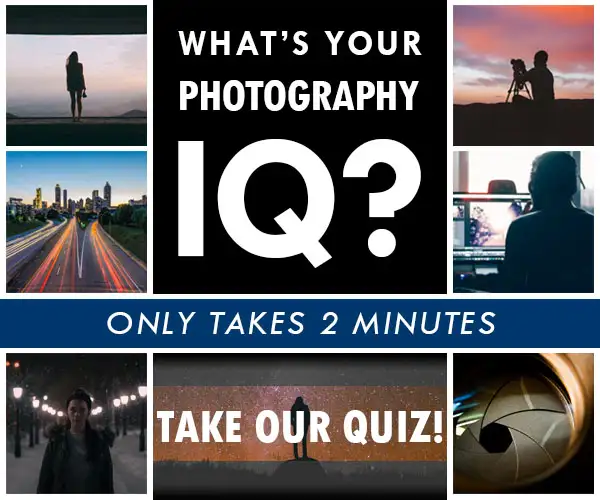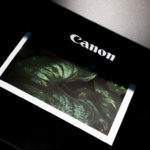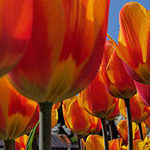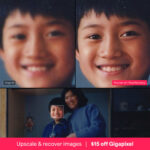Not all photographers have used artificial lighting before. In fact, some people only even rent lighting equipment when certain events or situations call for it, otherwise they just make do with natural light. For one, it’s expensive. The other reason? They don’t know how to use it.
Learning how to use lighting equipment properly takes time. Formal lessons are offered on the different lighting techniques, tools and setups involved in creating a well-lit picture. However, all that knowledge would be more helpful to those who already have most, if not all, the tools and equipment mentioned in tutorials:

So what if you only have one speedlight at hand? Bob Harrington teaches you how to use it in several ways.
Simple Bounce Flash

1/125 @ f/5.6, ISO 500, WB Daylight, Small Rogue Flashbender
This technique entails mounting your speedlight on a lightstand and simply bouncing the light off the walls. It works well in enclosed spaces and with low-hanging ceilings. This is great for indoor events such as birthday parties, weddings, cotillions, etc.
Reflective Umbrella

1/125 @ f/5.6, ISO 200, WB Daylight, Photoflex 45” Umbrella
One of the most important tools in your lighting kit is a reflective umbrella, preferably a convertible one. This can work well both indoors and outdoor, especially if your reflective umbrella is made of sturdy material, like carbon fiber. That way, it won’t break in case it falls during a shoot.
Reflective Umbrella with Reflector

1/125 @ f/5.6, ISO 200, WB Daylight, California Sunbounce Micro Mini with Grip Head
The Sunbounce is a little pricey but well worth the money. You can change up the look by moving the Sunbounce around or by flipping it over to the more reflective side. The white side is softer and less contrasty, while the silver is a little harsher.
Sidelight Reflective Umbrella

1/125 @ f/5.6, ISO 200, WB Daylight, Photoflex 45” Umbrella
By simply moving the light and turning your model towards the light, both the model and a little bit of the background are lit up.
Crunched Umbrella

1/125 @ f/5.6, ISO 200, WB Daylight, Photoflex 45” Umbrella
Using the same umbrella, collapse it over the light. This compresses the light, creating a very dramatic lighting effect.
Shoot Through Umbrella with Reflector

1/125 @ f/5.6, ISO 200, WB Daylight, California Sunbounce Micro Mini with Grip Head
Position the reflector at an angle, slightly lowered. This fill light will reflect light onto the bottom of the chin and under the eyes, wrapping the subject in light.
Shoot Through Umbrella

Through an Umbrella

1/125 @ f/5.6, ISO 200, WB Daylight, Bare Head Flash
This creates nice, soft lighting with a drop shadow. This technique is popular for magazine covers and editorials because the light fill in all of the pores, reducing the need for skin correction in post, except for a few minor tweaks. Flat lighting makes post-processing easier.
Over and Under Beauty

Over and Under

1/250 @ f/7.1, ISO 200, WB Daylight, Photoflex shoot through umbrella, California Sunbounce Micro Mini with Grip Head
This is another simple setup that you can execute even without the help of assistants.
Bounce into Reflector

1/250 @ f/5.6, ISO 200, WB Daylight, Bare head flash, California Sunbounce Micro Mini with Grip Head
For outdoor photo shoots, expect a lot of light to spill. This creates a soft, diffused light that is similar to if you had a wall to bounce the light off of.
Direct Flash

1/125 @ f/5.6, ISO 200, WB Daylight, Bare head flash
You’ll see this technique a lot on magazine covers and editorial shoots as well. This creates a very hard drop shadow. The effect created is different from if the flash were to be mounted on your camera’s hotshoe.
For more techniques, view the video in its entirety.
Like This Article?
Don't Miss The Next One!
Join over 100,000 photographers of all experience levels who receive our free photography tips and articles to stay current:














Leave a Reply